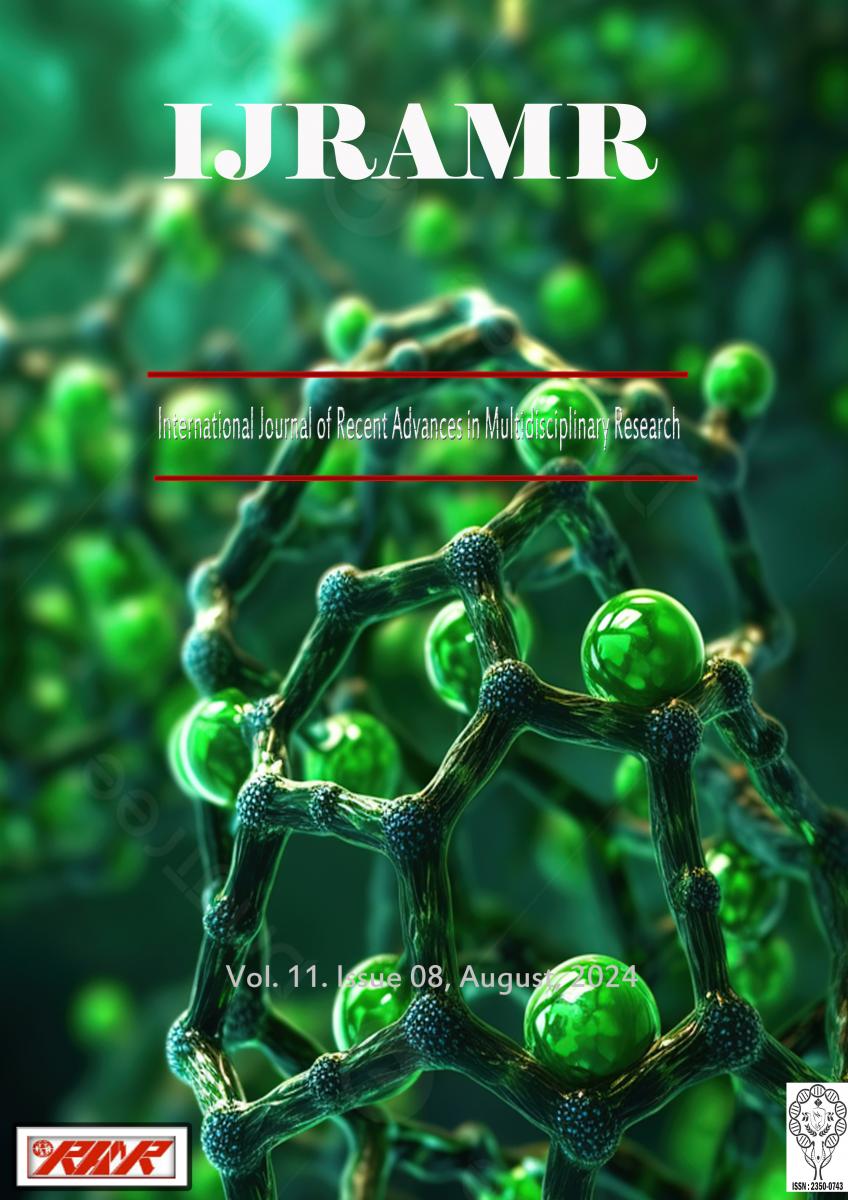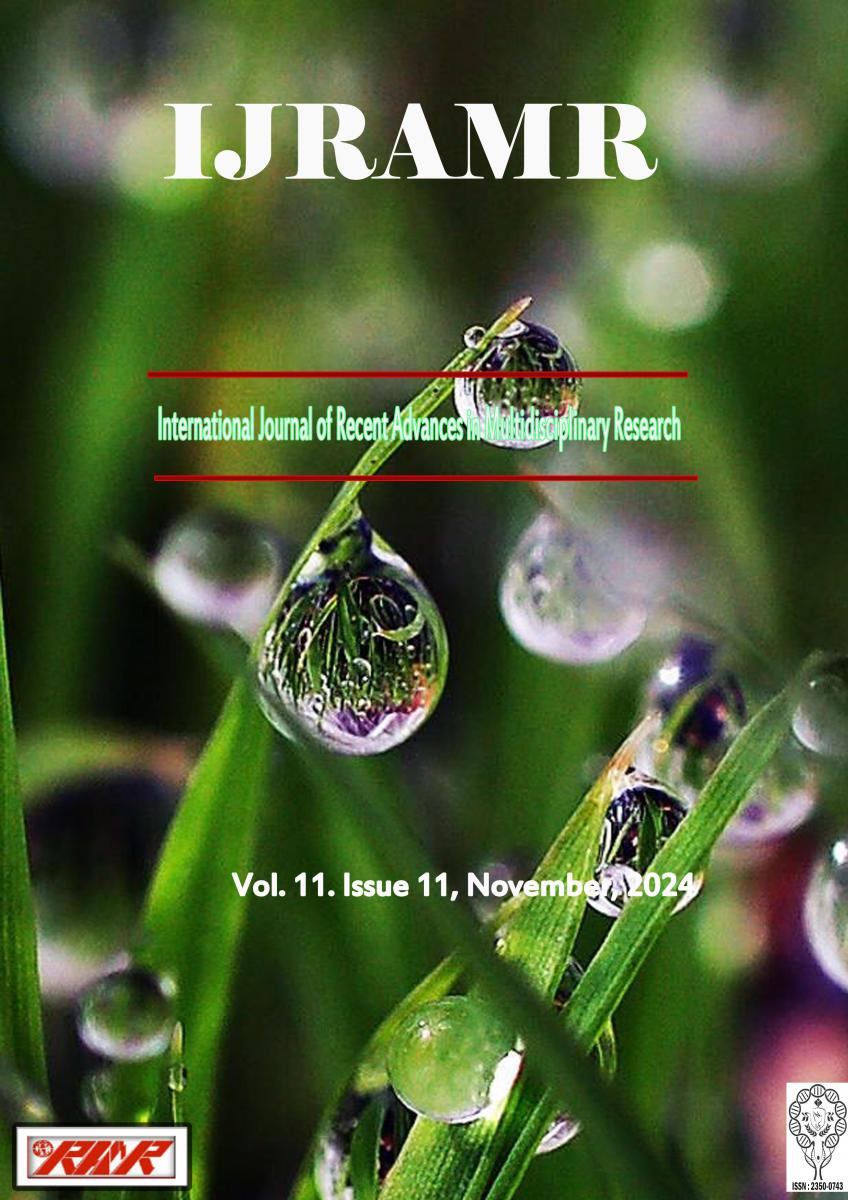Ethnopharmacology study and phytochemical screening of twelve ivorian antimalaria plants
Plants provide complicated, mixed, and distinct non nutrient elements which act as the main basis of drug discovery. Plant extracts contain phytochemical constituents for miscellaneous medicinal activities which are bioactive in nature. There is growing interest in the use of plants for the treatment and prevention of malaria. Medicinal plants are currently being evaluated as source of promising antimalaria agents. In this study, we have investigated the ethnopharmacology study and phytochemical screening of twelve traditional antimalaria plants.






